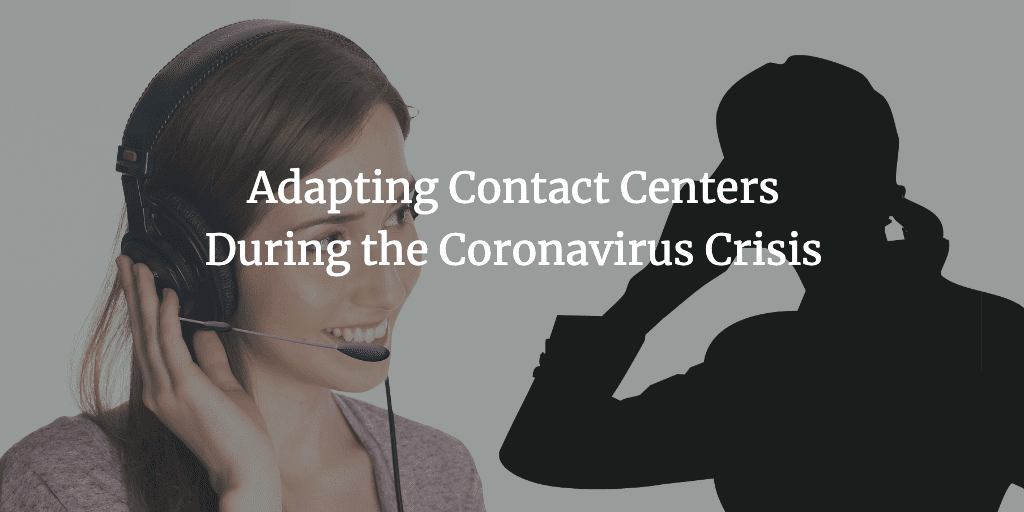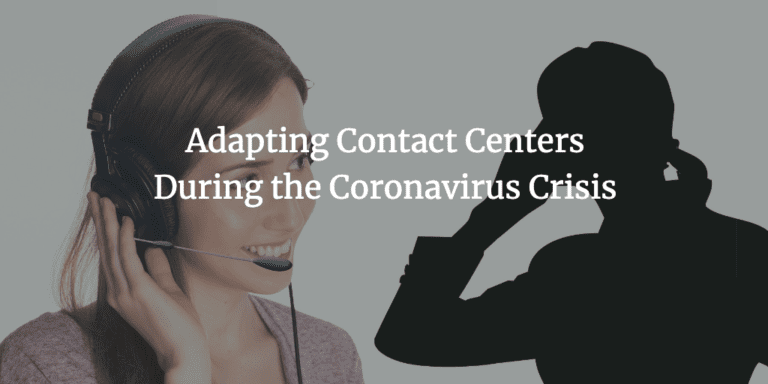
By now many companies have instituted work from home policies and have worked through the challenges associated with this shift. Many companies in the financial services sector have had a double whammy, adjusting their workforce and a subsequent drastic increase of inbound customer requests. These requests fall on contact centers, a critical piece to most fintech businesses.
Together with LiveVox, we recently brought together a webinar called, “COVID-19 Planning for Fintech – 5 Ways to Maximize Efficiency with At-Home Agents”. Jim Lynch from LiveVox moderated the discussion which also included Jason Swift (COO, Marlette Funding), Stephen Picciotto (COO, ARB Call Facilities) and Jennifer Kuechler (COO, Strategic Link Consulting). LiveVox is a contact center solutions provider and reports 14 billion multichannel interactions annually. They have over ten years of developing successful risk-mitigation tools and are a leader in both voice and digital messaging solutions.
One of the challenges is that oftentimes these contact centers are located across the globe. Picciotto’s firm operates global call centers while Marlette (Best Egg) has their own domestic call center and partners with outsourced firms in the US. Strategic Link Consulting has call centers located both in the US and Belize. Marlette’s business is unsecured lending and the other businesses are outsourced solutions that focus on serving financial services clients.
The panelists shared their varying experiences as they made adjustments amid COVID-19. Some have moved to fully work from home while others have opted for a mix between some contact center employees remaining in the office while others work from home. Panelists were open about their preparedness when it came to getting employees up and running at home. In some cases employees already had company issued laptops and in others, companies scrambled to purchase devices for their employees.
Once employees have their equipment there is also the IT challenge of making sure that employees are able to do so securely through virtual private networks (VPNs). After employees are connected the workflow remains largely the same since the applications used are web-based. However, managers of call centers have had to ensure that they retained quality and efficiency as they moved to a dispersed workforce. This not only includes monitoring agents but also information from from customers. Managers and quality assurance staff leverage screen monitoring, inactivity monitoring or listening into support calls to better understand trends from customers. Some businesses also instated new trigger words such as “COVID-19, coronavirus or virus” so they can better track requests related to the virus and pass that information along to others in the organization.
As consumers are experiencing hardships, calls into these contact centers have been skyrocketing. Beyond increasing wait times, each company has been working to ease the burden on their contact center by diverting requests to different channels. Some of the solutions include allowing for messaging support, providing up to date information online or allowing customers to access a self-service portal to accomplish a request.
Beyond the tactical approach of the call center the panel also discussed how this move is playing into company culture. Employers are having more and different interactions with employees such as daily virtual stand-ups or communications via programs like Slack or Microsoft Teams. Employers are also ensuring that they keep employees connected to the brand and rewarding them for a job well done. Some employees are given more flexibility to work longer hours at different times of the day if desired with the increase of call volume. This is only made possible due to the fact that employees no longer have to commute since an employee can easily log on for an hour or two and help customers. Strategic Link Consulting has also set up a pandemic portal as an employee resource.
The coronavirus has clearly had a significant impact on contact centers and although we don’t know what the future holds everyone is thinking about what a contact center 2.0 might look like. The moves that these companies and others in the industry have made are going to define this business over the long term as they adjust to a new normal. If you’re interested in learning more you can view the session recording below:


